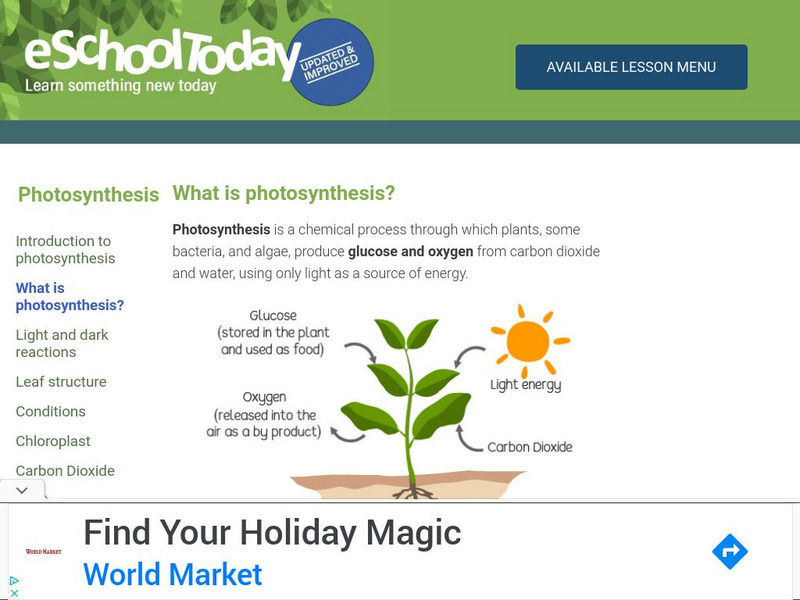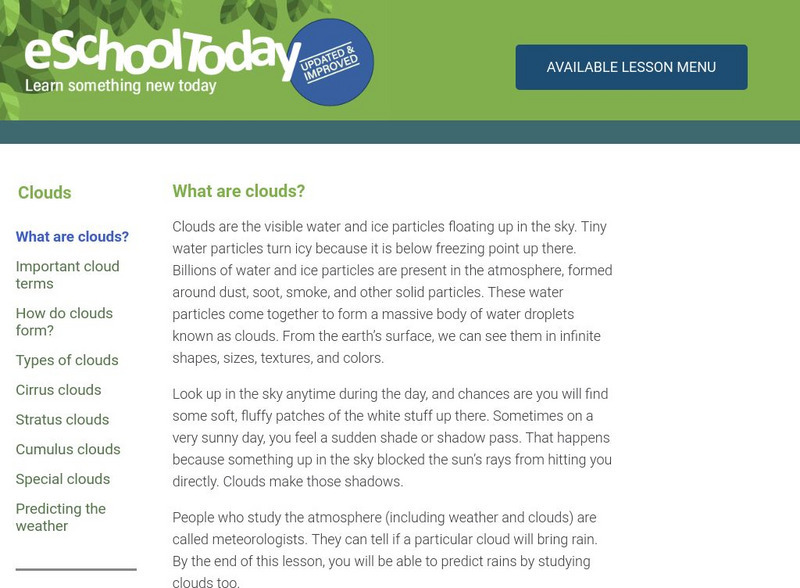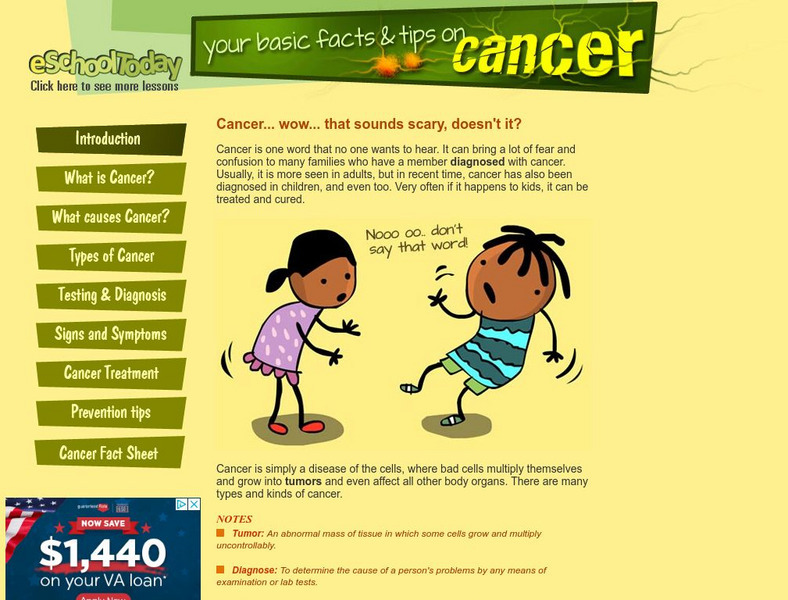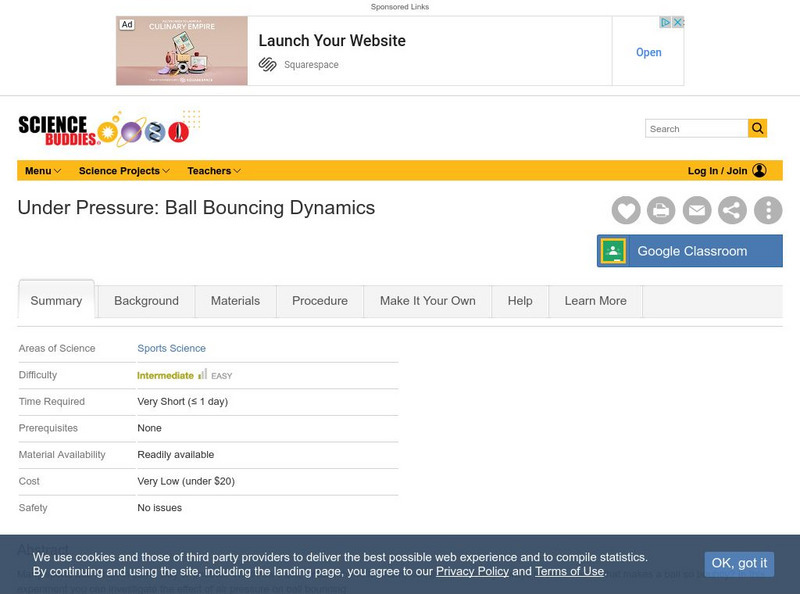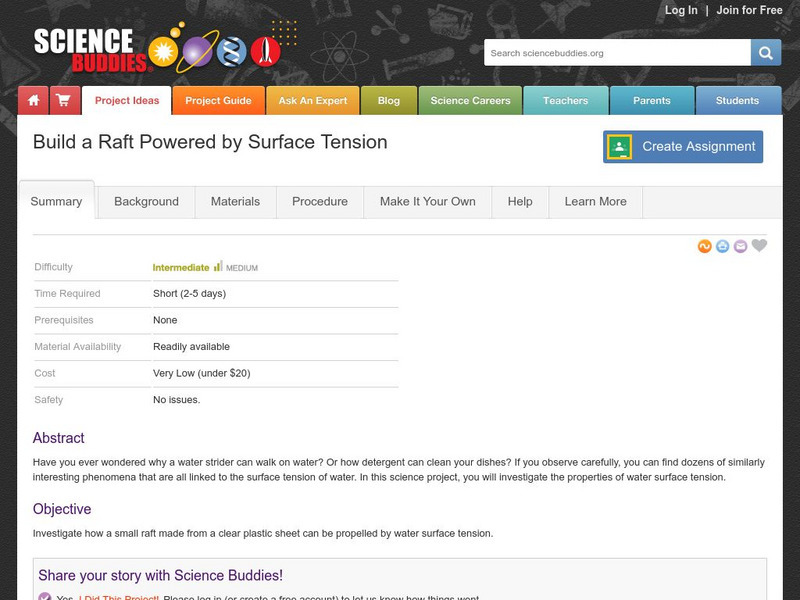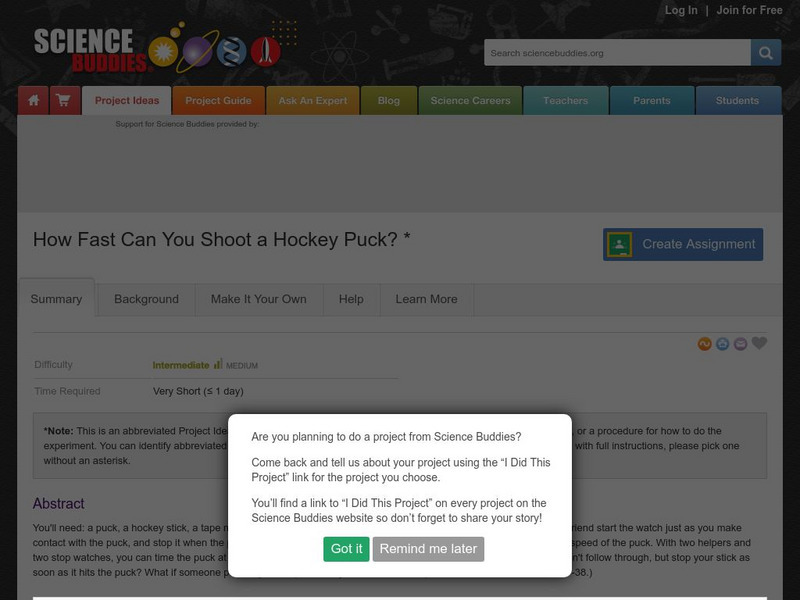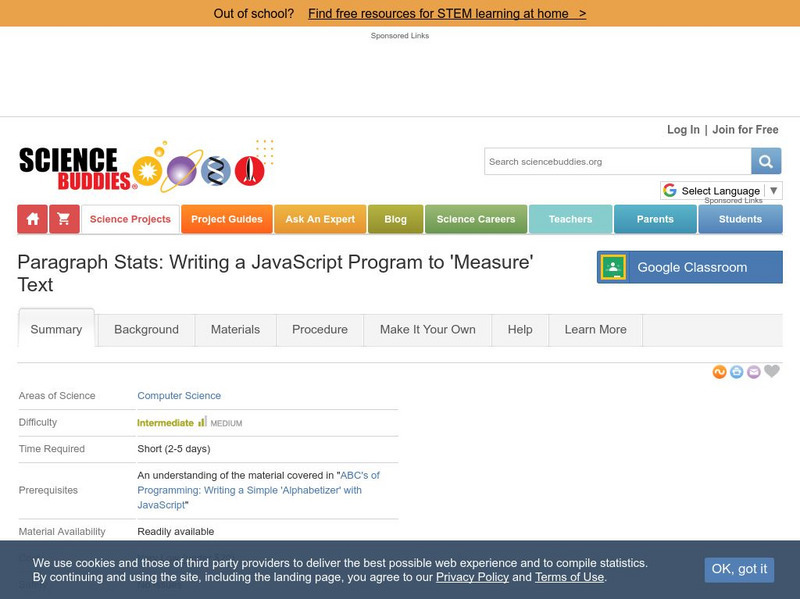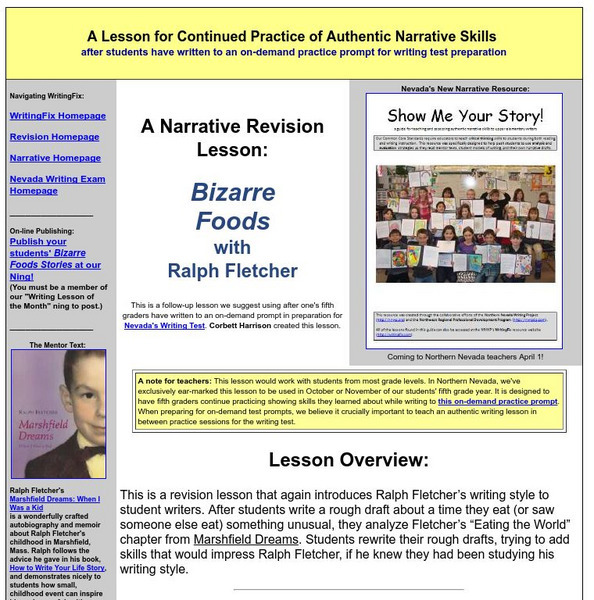eSchool Today
E School Today: Energy
Explains different kinds of energy, covering kinetic, potential, gravitational, mechanical, sound, thermal, chemical, electrical, and radiant energy. Also looks at storage, transfer, and dissipation of energy. Includes a short...
eSchool Today
E School Today: Photosynthesis
Read about photosynthesis, what light and dark reactions are, the structure of a leaf, the conditions needed for photosynthesis to occur, where and how photosynthesis takes place, and how root structure impacts on photosynthesis.
eSchool Today
E School Today: Your Revision Notes on Clouds
Learn all about clouds, how they form, the different types, and how they can be used to predict the weather.
eSchool Today
E School Today: Your Cool Facts and Tips on Light Pollution
What is light pollution and why should we care about it? Learn what it is, the different types, sources of this type of pollution, the impact it has, and ways to combat it.
eSchool Today
E School Today: Your Basic Facts and Tips on Cancer
Explains how cancer develops and spreads, some causes of cancer, different types, how it is diagnosed, signs and symptoms of cancer, treatments, and tips for preventing it.
eSchool Today
E School Today: All You Need to Know Obesity and Children
The issue of obesity is addressed - what it is, the causes, the health and social problems it causes for the individual, types of fats in food, reduced fat and diet foods, how to prevent it, how to help someone with a weight problem, and...
National Council of Teachers of Mathematics
The Math Forum: Geometer's Sketch Pad Lessons
This site contains lessons using Geometer's Sketch Pad for elementary and middle school aged students.
Science Buddies
Science Buddies: Slimey Likes It! Studying Chemotaxis in Physarum Polycephalum
In this biology science fair project, test various amounts of glucose to see which ones attract and which repel (chemotaxis) growing Physarum polycephalum slime mold.
Science Buddies
Science Buddies: Under Pressure: Ball Bouncing Dynamics
Many sports use a ball in some way or another. We throw them, dribble them, hit them, kick them, and they always bounce back. What makes a ball so bouncy? In this experiment you can investigate the effect of air pressure on ball bouncing.
Science Buddies
Science Buddies: Rise to the Occasion: Investigating Yeast Fermentation
Did you ever wonder how yeast makes bread dough rise? This project will show you what yeast does to make this happen. You'll also investigate the conditions yeast needs to grow.
Science Buddies
Science Buddies: Build a Motorboat Powered by Surface Tension
If you look carefully, you could find dozens of similar interesting phenomena that are all linked to the surface tension of water. Here is a project that will help you understand and measure the properties of water surface tension.
Science Buddies
Science Buddies: How Fast Can You Shoot a Hockey Puck?
In this project, you'll need: a puck, a hockey stick, a tape measure, at least one helper with a stopwatch and an empty rink. Have your friend start the watch just as you make contact with the puck, and stop it when the puck hits the...
Science Buddies
Science Buddies: Writing a Simple Calculator Program With Java Script
This is a good first-time programming project. You'll learn how to use JavaScript to create a basic calculator program that you can run in your Web browser.
Science Buddies
Science Buddies: Paragraph Stats: Writing a Java Script Program to 'Measure' Text
This is a challenging first-time programming project. You'll learn how to use JavaScript to create a simple program to analyze one or more paragraphs of text. Your program will count sentences, words and letters, and report the resulting...
Writing Fix
Writing Fix: Bizarre Foods With Ralph Fletcher: A Narrative Revision Lesson
In this lesson, Ralph Fletcher's writing style is introduced to student writers. Students will write a rough draft about a time they ate, or a time when they saw someone else eat, something unusual. Then students will read and analyze...
Youngzine
Youngzine: Week of 11 05 12: An Hour More of Zzzz's..yay!
On Sunday, November 4 at 2 a.m, clocks in U.S were set back by an hour as Daylight Savings came to an end. What is DST? Who first proposed the idea? Is it practiced around the world? Let's take a look in this video. [0:37]
Utah Education Network
Uen: The Good, the Bad, and the Both
After exposures to assorted forms of informational text and media, Istudents will identify positive and negative effects of microorganisms. Students will explore how some micooorganisms have overcome their negative attributes while...
McCracken County Schools
Mc Cracken County Schools: Structure and Properties of Matter
This expansive unit created by McCracken County Schools focuses on the properties of matter. Multiple lessons focus on the concept of scientific modeling of matter particles. Included in this unit are various activities to reach all...
Smithsonian Institution
Smithsonian Environmental Research Center: Forces of Change: Weaving the Web
The students will become the food web in this fun interactive classroom activity. Detailed instructions, background information, guiding questions, and activity worksheets are provided.
Texas Education Agency
Texas Gateway: Themes in Literary Texts (English 6 Reading)
Learn how to infer the implicit theme in a work of fiction, distinguish theme from topic, and make complex inferences using textual evidence.
Texas Education Agency
Texas Gateway: Understand New Vocabulary Using Roots and Affixes
Learn how to determine the meaning of grade-level academic English words derived from Latin, Greek, or other linguistic roots and affixes.
Texas Education Agency
Texas Gateway: Understanding Drama
Learn how to explain a playwright's use of dialogue and stage directions.
American Museum of Natural History
American Museum of Natural History: O Logy: Stuff to Do: Create a Coral Reef
Detailed instructions, with photographs for every step, for how to build a coral reef diorama.
Science Struck
Science Struck: Geometry Terms You Might Not Have Heard Before
A lengthy list of geometry terms arranged alphabetically. Includes labeled illustrations and definitions for each.



